What is an Audio-Visual Room?



An audio-visual (AV) room is a space specifically designed to facilitate the integration of sound and visual components to enhance communication, collaboration, and learning experiences. By combining audio, video, and interactive technologies, an AV room transforms the way people interact during meetings, presentations, and training sessions.
In this guide, we’ll delve deeper into the technical aspects of an audio-visual room, discussing key components, technologies, and how they work together to create seamless experiences for users.
A fully equipped AV room features several key elements that contribute to its functionality. These components work together to create a unified audio-visual experience, ensuring both clarity in communication and an immersive environment.
Microphones: The primary function of microphones is to capture audio and transmit it clearly to participants. There are different types of microphones commonly used in AV rooms, including ceiling microphones, table microphones, and wireless lapel mics. For example, the Yealink CM50 is a Dante-enabled beamforming ceiling microphone, designed for larger rooms where high-quality audio capture from all angles is essential.
Speakers: Quality speakers are crucial for ensuring that every participant hears the audio clearly. They are positioned strategically to provide even sound distribution across the entire room. In larger spaces, multiple speakers might be used to avoid sound distortion and ensure optimal volume levels.
Sound Systems: Advanced sound systems are designed to eliminate audio issues like echo and feedback. Features like beamforming microphones (e.g., Yealink's CM20) help focus on sound coming from specific directions, improving clarity. Furthermore, AI-powered noise cancellation ensures that background noise is minimized, allowing for clear communication even in noisy environments.
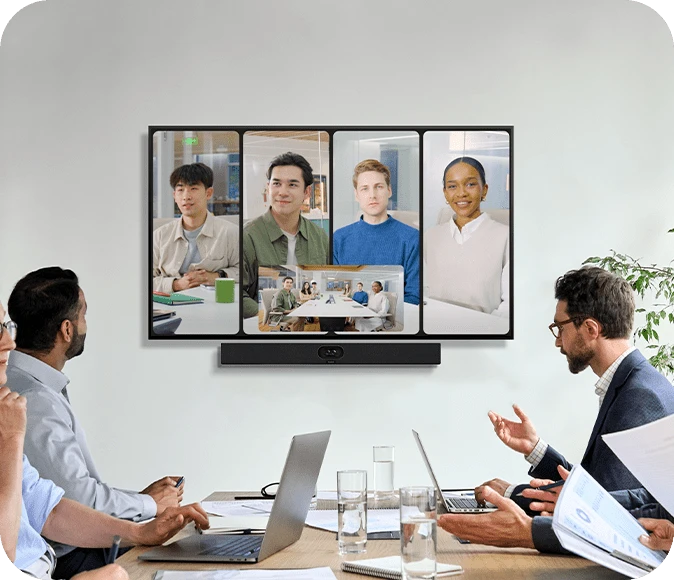
Displays/Projectors: The visual aspect of an AV room is typically handled by flat-screen displays, projectors, or interactive whiteboards. These tools are used to project information such as presentations, videos, and live data. High-quality visuals are essential for clear communication, especially in hybrid meetings where both remote and in-room participants need to see the same information.
Cameras: Cameras are integral for video conferencing setups, allowing participants to see one another. Modern AV rooms often feature 4K cameras, like the Yealink UVC86 camera, that provide crisp, clear images, even in large rooms. Intelligent cameras with auto-framing and auto-tracking functions ensure that speakers are always in focus during virtual meetings.
Interactive Whiteboards: Some AV rooms are equipped with interactive boards or smartboards that allow users to collaborate in real-time. These boards combine video, audio, and touch-screen capabilities, making them particularly useful for brainstorming sessions or team workshops.
An AV room relies on advanced technologies to ensure smooth, high-quality performance across both sound and visual components. Let’s take a look at the key technologies that power these rooms.
Beamforming is a technique used in microphones to capture sound from specific directions while minimizing background noise. This is particularly useful in larger rooms, where sound may need to be focused on the speaker. Yealink's CM50, for example, uses Dante beamforming technology, allowing it to pick up sound from all areas in a room with precision. This ensures that audio is clear and balanced, no matter where the speaker is positioned.
Noise cancellation is crucial in an AV room to eliminate distractions and ensure that the voice of the speaker comes through clearly. Yealink’s CM20 microphone, for example, utilizes AI-powered beamforming to effectively reduce ambient noise and focus on the speaker’s voice. AI algorithms can distinguish between voice and background noise, automatically filtering out irrelevant sounds, which is especially helpful in dynamic environments.
For a truly immersive AV experience, high-definition video is critical. Yealink's UVC86 camera, for instance, offers 4K resolution with intelligent tracking capabilities. The camera can automatically adjust to focus on the speaker as they move around the room, ensuring that all participants can see each other clearly. Video conferencing tools that provide clear, high-definition visuals help participants feel more engaged and present during virtual meetings.
An AV room typically integrates with a conferencing platform, such as Zoom Rooms or Microsoft Teams Rooms, to enable seamless communication between in-room and remote participants. Devices like the Yealink MeetingBar A40 integrate both video and audio systems into an all-in-one solution. This allows for quick setup, easy operation, and high-quality experiences in video calls.
Designing and setting up an effective AV room requires careful consideration of the room size, the type of meetings it will host, and the equipment that will best serve the needs of users. Here’s a general guide to setting up a successful audio-visual room:
Room Size and Layout: The room size will dictate the number of devices required. Smaller rooms may only need a single display and microphone, while larger rooms will require multiple speakers and cameras to ensure optimal coverage.
Positioning of Equipment: The placement of microphones, speakers, cameras, and displays plays a critical role in the overall performance of the AV system. For example, microphones should be placed in areas where they can pick up sound clearly from all directions, while displays should be positioned so that everyone in the room can view them easily.
AV Control System: A central control system makes it easy to manage all the AV equipment in the room. This allows users to adjust volume levels, switch between video sources, and control the cameras without having to manually interact with each device.
Testing and Calibration: Once all the equipment is installed, it’s important to test the system and calibrate it for optimal performance. Ensure that all devices work together smoothly, with no audio or visual disruptions during use.
The versatility of AV rooms allows them to be used across a wide range of industries and environments. Here are a few common applications:
Business Meetings: AV rooms are widely used in businesses for internal meetings, client calls, and virtual presentations. Solutions like the Yealink MeetingBar A40 provide an all-in-one system that simplifies setting up video calls and improves collaboration.
Education: In educational institutions, AV rooms are used for online classes, seminars, and training sessions. Interactive whiteboards and smart displays enhance student engagement.
Events and Conferences: Large conferences or hybrid events rely heavily on AV rooms to ensure seamless communication between on-site and remote attendees. Yealink’s ZVC S90 is a solution designed for large spaces, offering superior video and audio quality.
An audio-visual room is a critical component in creating immersive, interactive environments that enhance communication and collaboration. With the right mix of microphones, cameras, speakers, and interactive technology, these rooms can elevate the experience of meetings, presentations, and learning sessions. As AV technology continues to evolve, the tools used in these spaces will only become more advanced, offering even greater clarity, immersion, and ease of use.
Tips:This article is for reference only. Please visit the Yealink product details page to learn more about products and application scenarios, or contact us for further assistance.
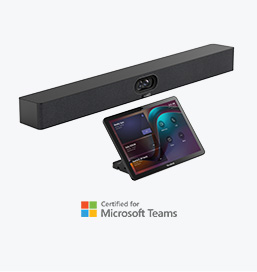
Discover Yealink Teams Rooms Devices for seamless Microsoft Teams collaboration with premium audio and video solutions.
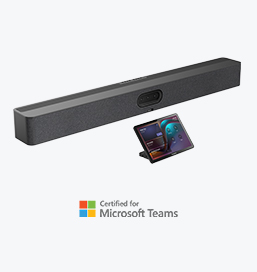
Big Impact for Bigger Spaces - All-in-one video bar for medium to large rooms

Discover the all-in-one video conferencing device with an interactive whiteboard, designed for seamless collaboration in Microsoft Teams Rooms.
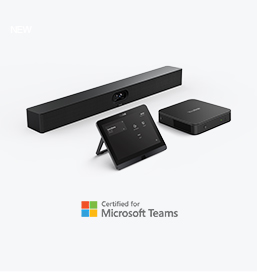
Discover high-performance, cost-effective video conferencing systems tailored for small to medium-sized rooms, ensuring seamless communication and collaboration.
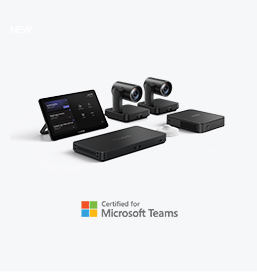
Video Conferencing System For Pro-AV Rooms.
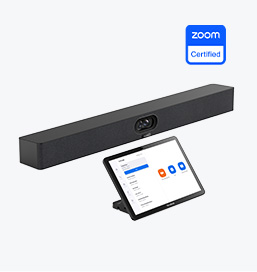
Explore Yealink’s Zoom Rooms devices for seamless, high-quality video conferencing solutions.
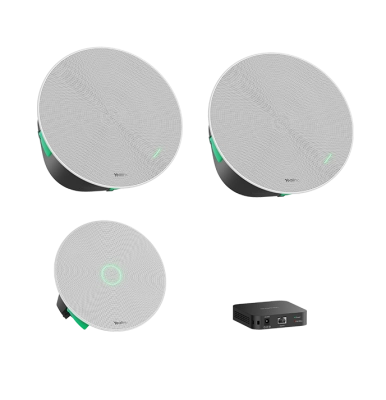
Yealink's room audio devices, offering crystal-clear sound for an immersive video conferencing experience.
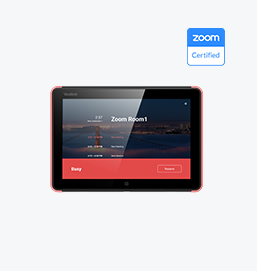
Intelligent Solutions for Smarter, More Efficient Meeting Spaces.

Experience the all-in-one video bar designed for premium small to medium rooms, optimized for Microsoft Teams Rooms on Android.
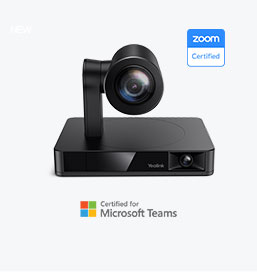
Simple and flexible video conferencing camera solutions for any workspace or meeting setup.

Empowering Businesses with Yealink Video Device Solutions for Microsoft Teams.

From huddle spaces to extra-large meeting rooms, enjoy seamless audio and video powered by AI,easy-to-manage package.

Professional Meetings Made Easy with MeetingBar Series,All Rooms Plug-and-Play.
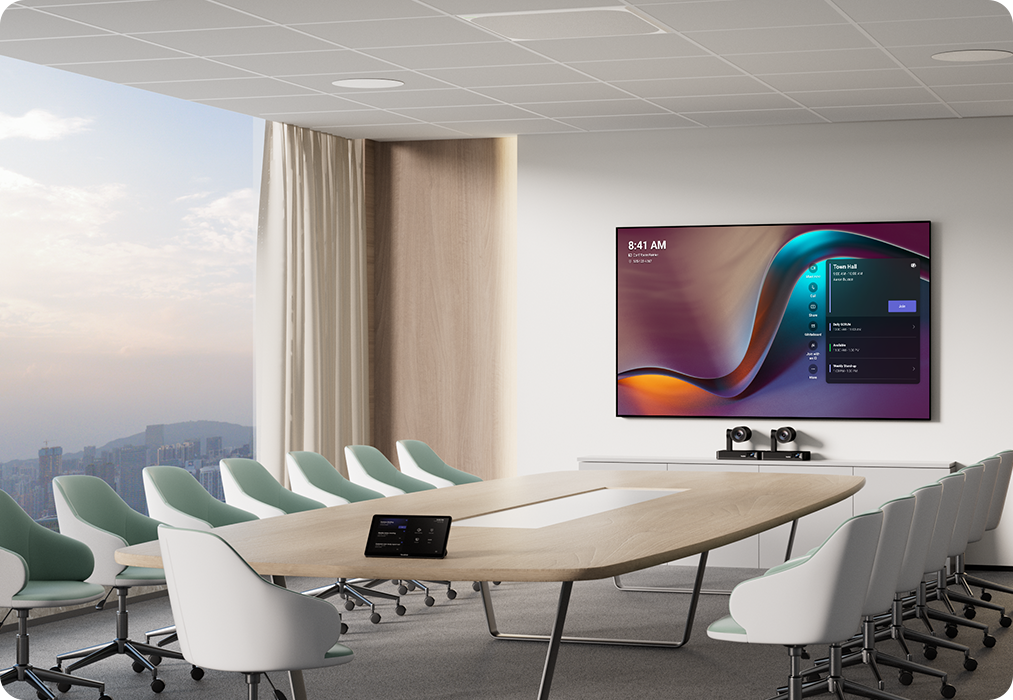
Yealink Next-Gen Hybrid Meeting Style - Any Space, Any Discussion.
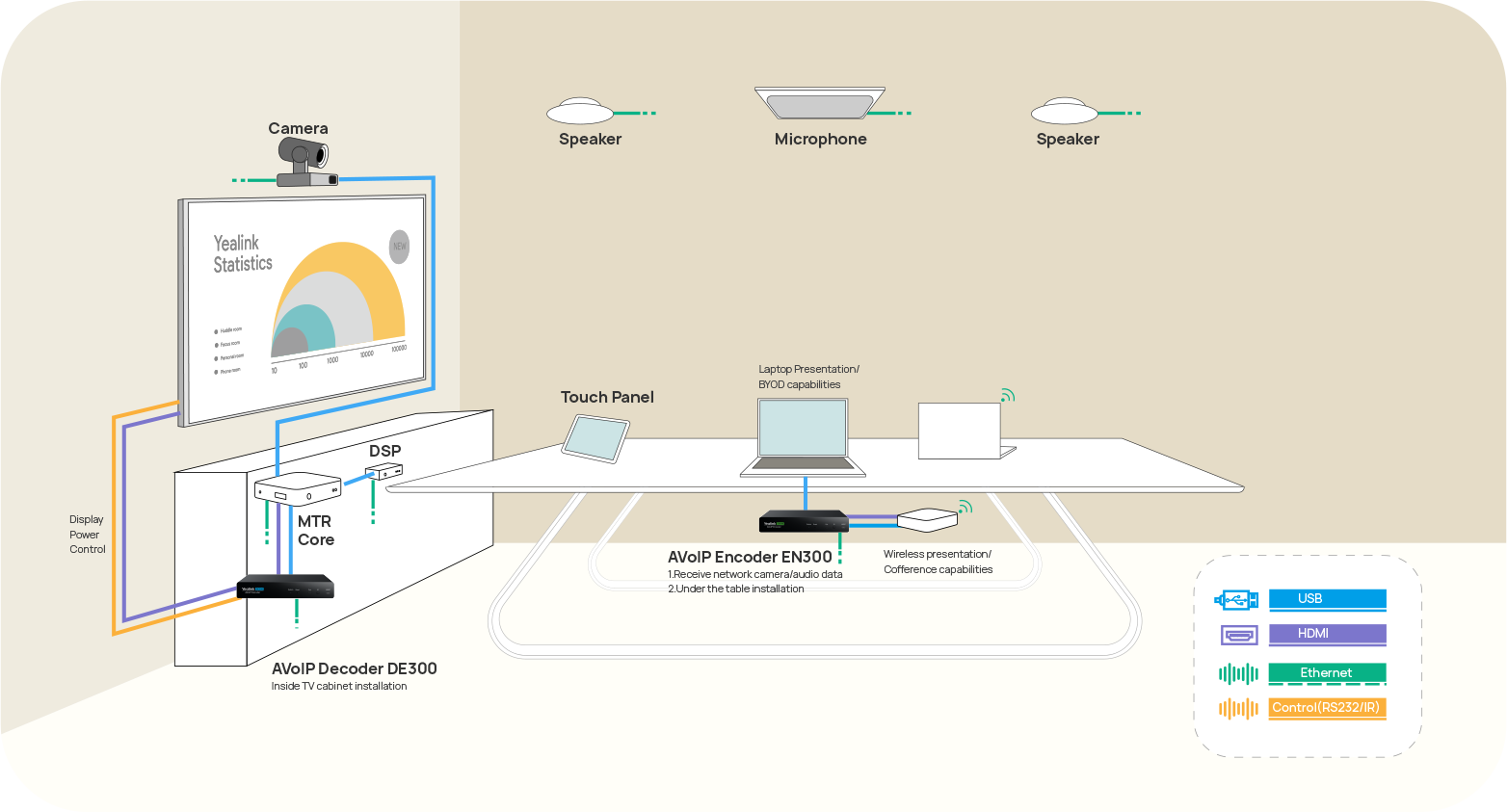
Building an AV system shouldn’t feel like solving a puzzle — but for many, it still does. Microphones, DSPs, cameras, control panels — often from different vendors..

Yealink Video Solutions for Zoom Rooms cover every scenario you need for video meetings, such as small, medium, and large meeting rooms.
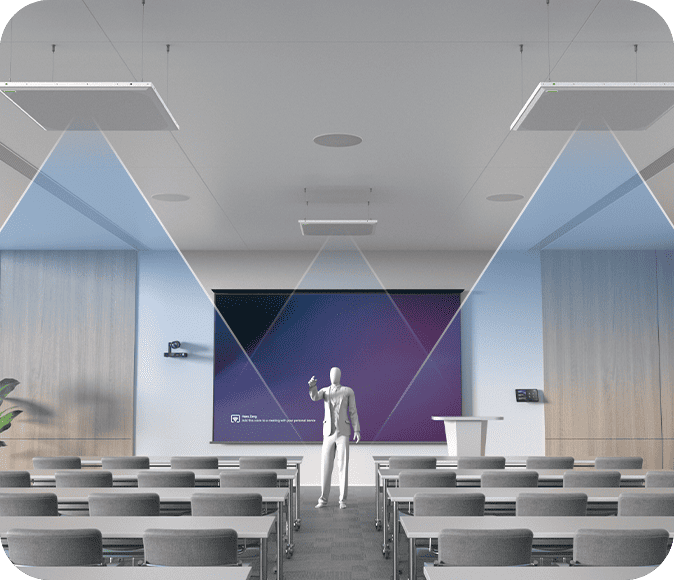
Discover SKYSOUND audio solutions for unparalleled sound clarity in your conference room. Enhance your meetings with advanced audio technology designed for medium-sized spaces.
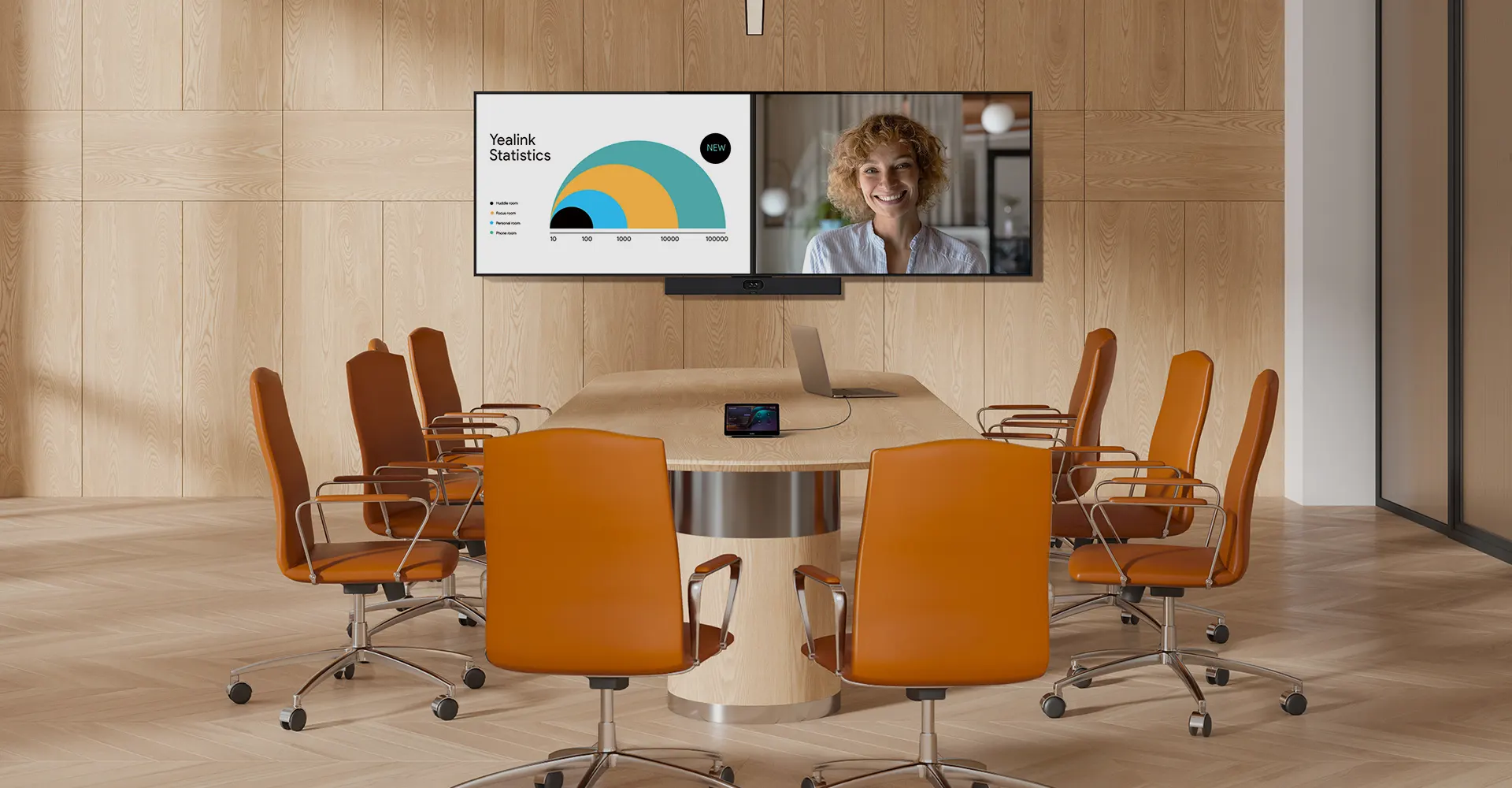
Discover SKYSOUND audio solutions for unparalleled sound clarity in your conference room. Enhance your meetings with advanced audio technology designed for medium-sized spaces.
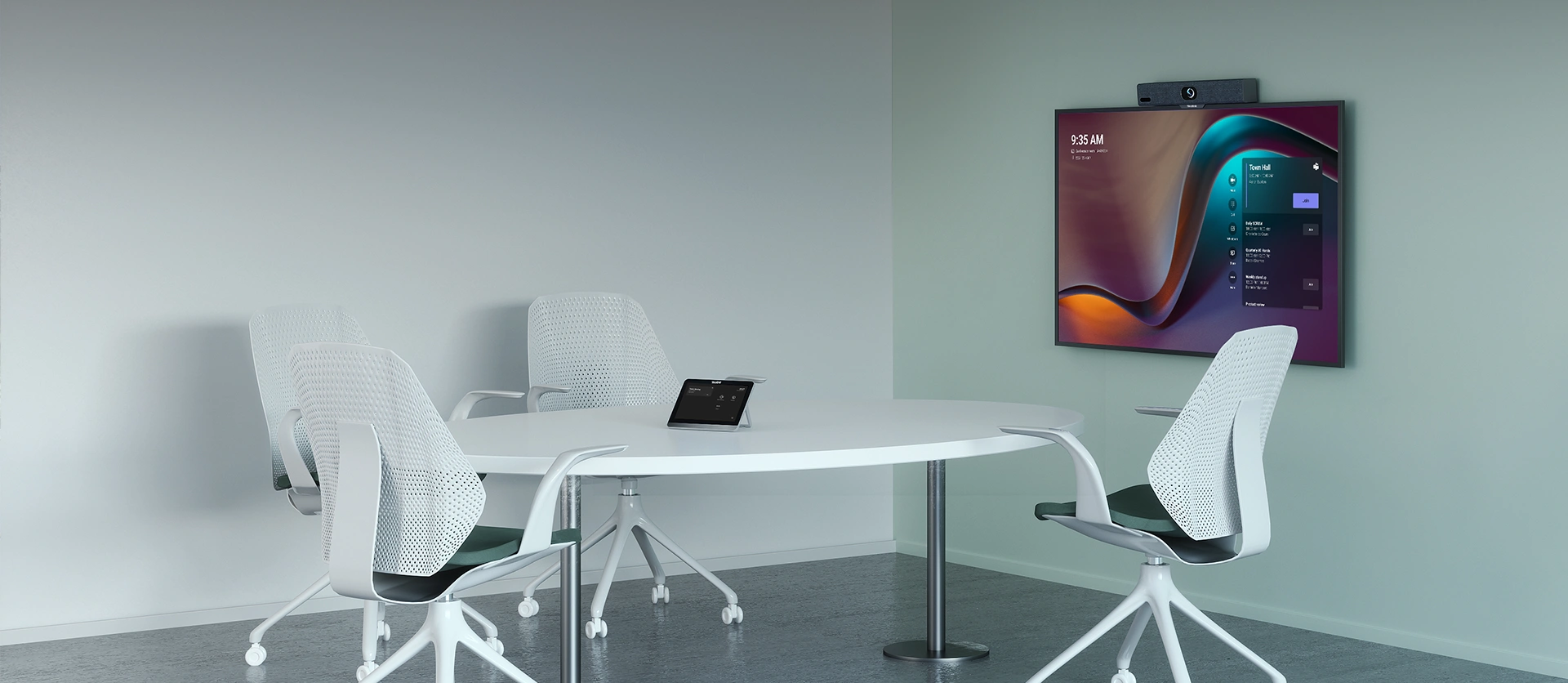
Explore Yealink’s customized conferencing solutions for small meeting spaces. Discover the ideal setup to enhance efficiency and collaboration.
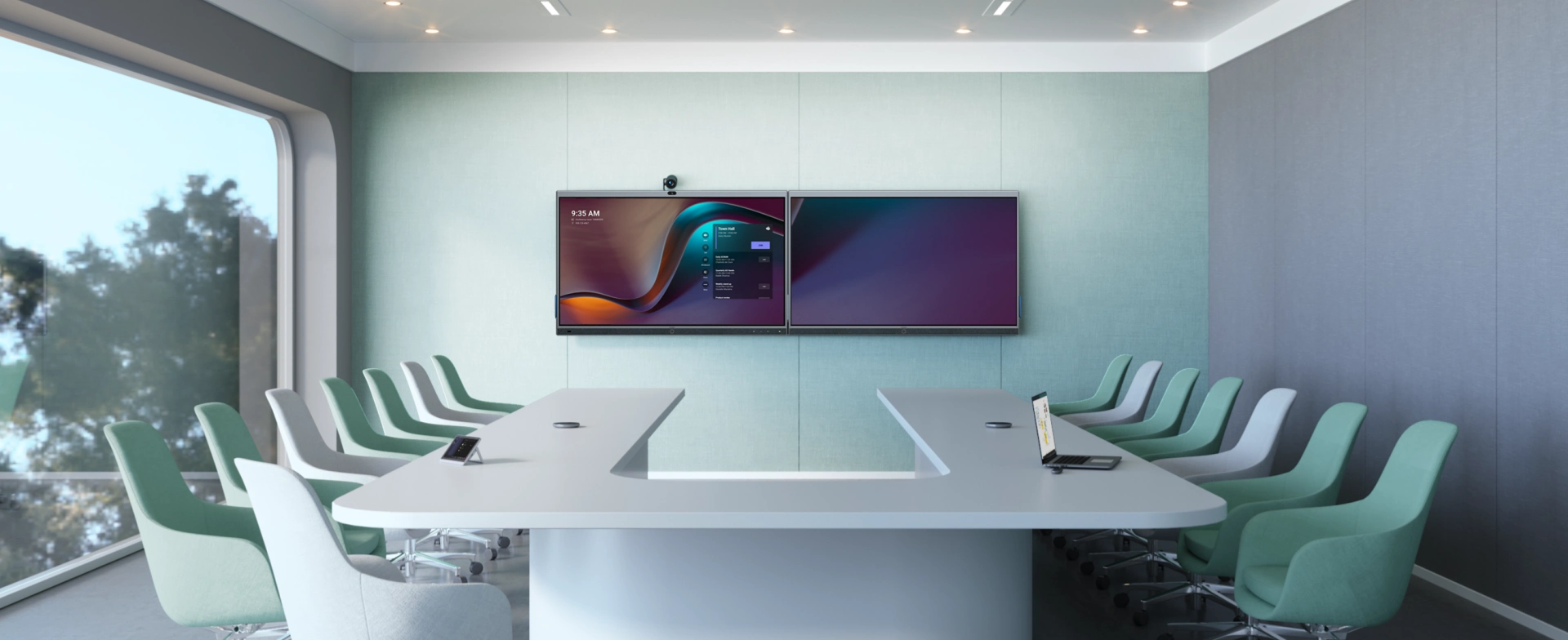
Explore Yealink’s customized conferencing solutions for large meeting spaces. Discover the ideal setup to enhance efficiency and collaboration.
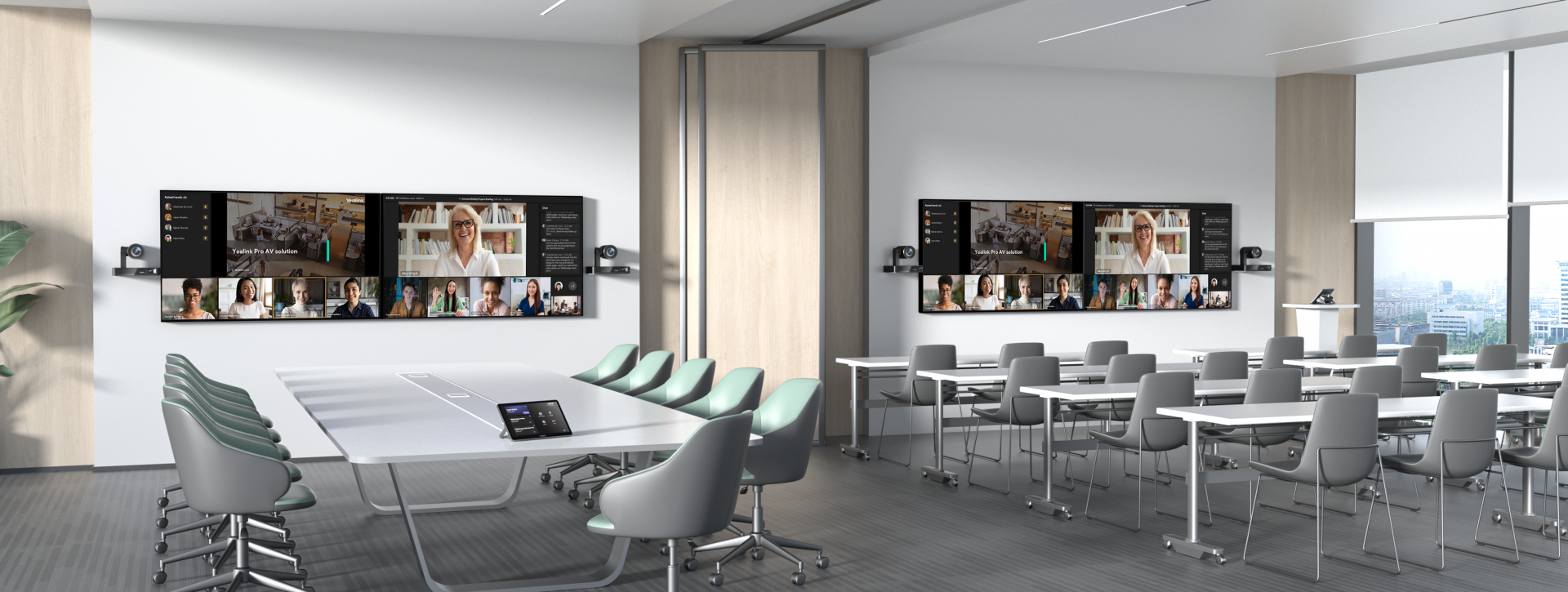
Explore Yealink’s customized conferencing solutions for extra-large meeting spaces. Discover the ideal setup to enhance efficiency and collaboration.

Professional Video Conferencing, Crystal-Clear Audio, AI-Powered Noise Cancellation, and Seamless Integration with Zoom & Microsoft Teams.

Yealink Conference Room Solution for Microsoft - Bringing Microsoft Teams Experience to Every Space

Let’s explore the importance of conference room speakers, their features, and how to choose the right solution for your needs.

This guide explores the best AV solutions for different room sizes, helping you find the perfect setup for your workspace.

Whether you need a compact solution for small focus rooms or a powerful system for medium to large conference rooms, Yealink has the perfect MeetingBar for your needs.

This guide explores key components of Conference Room AV Solutions and how Yealink’s industry-leading products can meet diverse meeting needs.

Whether you’re hosting a high-stakes client presentation or a quick internal brainstorm, the right meeting room can elevate productivity, build stronger connections, and ensure every voice is heard.

Whether you’re hosting a C-suite board meeting, engaging with global stakeholders, or presenting high-stakes strategies, a luxury conference room leaves a lasting impression.

Whether you’re hosting a C-suite board meeting, engaging with global stakeholders, or presenting high-stakes strategies, a luxury conference room leaves a lasting impression.

These devices offer an all-around view of the room, ideal for inclusive discussions, interactive training, and seamless remote communication—especially in roundtable, U-shape, or multi-participant setups.

When choosing a good digital whiteboard, evaluate factors such as screen size, touch technology, software integration, connectivity options, and overall durability.

An ultimate guide for the enterprise to choose the right conference camera and elevate the meeting experience in the hybrid working era.

Selecting the best video conference camera involves evaluating several key aspects to ensure high-quality, seamless meetings. Here are ten essential factors to consider.

A conference meeting room is a designated space in offices, institutions, or commercial environments designed to facilitate collaboration, discussions, and decision-making processes.

A conference speakerphone is a specialized communication device designed for use in conference rooms or meeting spaces, allowing multiple participants to join a call or video conference without being limited by proximity to a traditional phone or microphone.

Small meeting room is a compact, enclosed space designed to accommodate a limited number of participants, typically between 2 to 6 people. These rooms are often referred to as huddle rooms or focus rooms, providing a private and quiet setting for quick team discussions, brainstorming sessions, or virtual meetings.

Teams Copilot is a feature designed to enhance collaboration and productivity within Microsoft Teams. Here’s a summary of what Team Copilot typically involves:
Conference Room Audio Device
A Comprehensive Conferenutionce Room Audio Solution for standard-sized medium(5m x 8m) to extra-large conference rooms(6m x 10m).
Yealink audio ceiling Device Bundle
The Yealink CMKit-121 is a comprehensive package designed as the core setup for the Yealink audio ceiling solution. It includes the CM20 ceiling microphone, a pair of CS10 ceiling speakers, and an RCH40 E2 switch.
Each package functions as an independent audio unit, guaranteeing secure and stable audio experience.
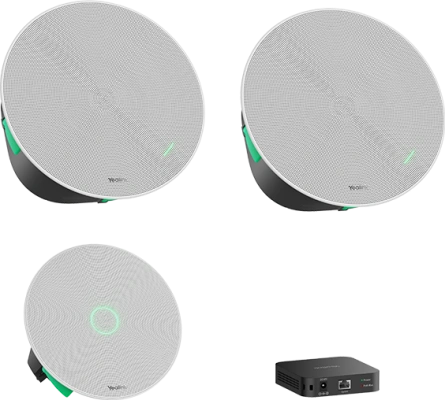
Explore more types of Yealink standard audio equipment for exceptional sound quality in any meeting space.
Contact Us
Contact us for product quotes and installation consultations. We will promptly notify a local dealer to provide you with accurate and efficient service solutions.







